

Literacy and Education
Figure 3.3 provides information on literacy status of the population 11 years and older by sex. A higher proportion of the population are literate (75.5%) than those not literate (24.5%). In the district, males (84.0%) are more likely to be literate than females (67.6%). On the other hand, the proportion of females who are not literate is twice (32.4%) as higher than males (16.0%).
It can be seen from the Table 3.8 that, age group 11-14 of the population has the highest literacy rate (12.9%) in English only whilst the least is recorded by age group 65 years and older (4.8%). Population age group 40-44 has the highest literacy rate of (37.3%) in Ghanaian language only. Age group 15-19 recorded the highest literacy rate (70.4%) in English and Ghanaian language and the least recorded by those aged 35-39 years (52.9%).
Males have the higher literacy rate (67.1%) in English and Ghanaian language compared to females (55.9%). The proportion of females who are literate in Ghanaian language in the age group 65 years and older (51.4%) is higher than that of their male counterparts (26.1%).
Figure 3.4 provides information on language of literacy of the population 11years and older. It can be seen from Figure 3.3 that 61.9 percent of the total population are literate in English and Ghanaian language, 28.7 percent are literate in Ghanaian language only, 9.0 percent in English only and 0.3 percent in English and French only.
The human capital theory posits that higher education brings about higher returns. It is therefore good to invest in the education of a country’s population for greater returns that will spur economic growth and development. To achieve this, policy planners will have to know at any particular point in time the number of people that are demanding education at the various levels. Figure 3.5 shows that 20.9 percent of the population 3 years and older has never attended school, 42.1 percent are attending school and 37.0 percent has attended school in the past. The proportion of females who have never attended school (27.0%) is higher than their male counterparts (14.6%).
Table 3.9 shows population 3 years and older by educational level and school attendance. The data show that about half (50.7%) of the population who are currently in school are in primary school. Less than 1.0 percent of those in school now are in tertiary level. A little over 5 percent of those currently in school are in SSS/SHS. The population of females in Kindergarten and primary is higher (19.2% and 51.5%) than the proportion of males in the same level of education (16.9% and 50.0%) respectively. However beyond primary, the trends reverse. The population of males currently attending JHS/JSS, SSS/SHS and tertiary school is relatively higher than the population of females attending the same level of schooling.
Date Created : 11/25/2017 4:15:47 AM
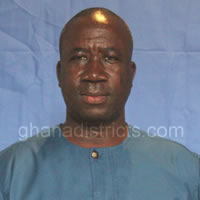
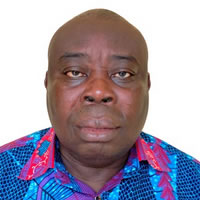

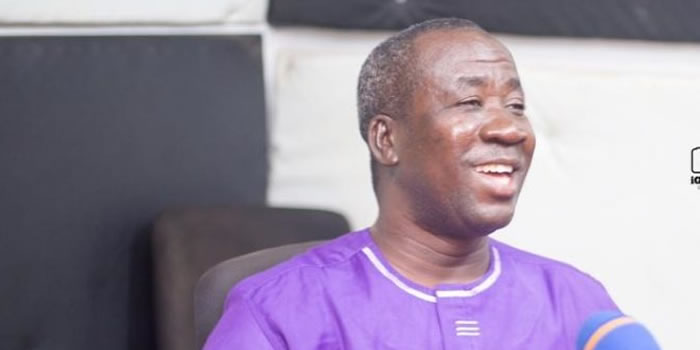
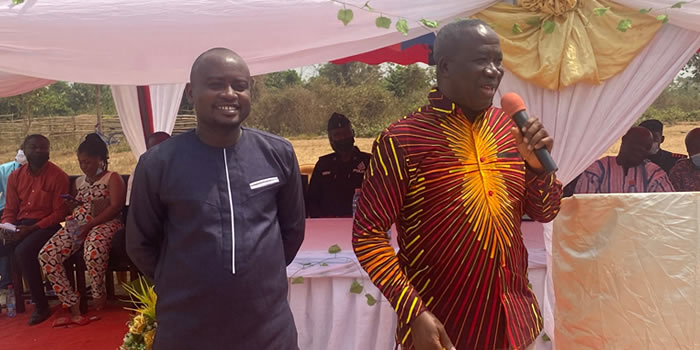
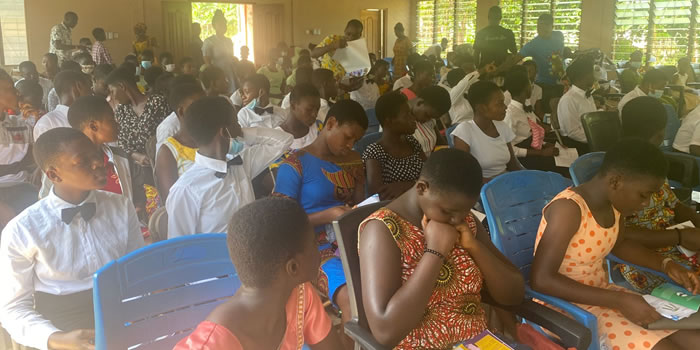






 facebook
facebook
 twitter
twitter
 Youtube
Youtube
 +233 593 831 280
+233 593 831 280 0800 430 430
0800 430 430 GPS: GE-231-4383
GPS: GE-231-4383 info@ghanadistricts.com
info@ghanadistricts.com Box GP1044, Accra, Ghana
Box GP1044, Accra, Ghana